Imagine what it’s like living in the remote and vast lands of outback Australia where there is often no mobile phone reception and internet access is by satellite only! That’s the reality for most of our students and their families. Technology has certainly come along in leaps and bounds since the early days in the 1950s, when School of the Air first started.
In the early years, students and teachers of School of the Air relied on two-way radios. In fact these radios were the back-bone of the outback providing social relief to isolated families and life-saving help via the Royal Flying Doctor Service. For almost 40 years, the School relied on these radios to educate and enhance the lives of its students.
With a focus on offering students the best education possible, the School keenly follows advancements in technology and many trials of new technologies have taken place over the years.
In the early 1990s many families living in remote Australia received upgraded telephone systems, enabling them to make direct clear phone calls. This was wonderful for the School as children could phone their teachers for the first time!
Another trial around the same time was not so successful. In 1992 direct television lessons via satellite technology into the homes of students were trialled, but was deemed too costly to be an ongoing method of communication.
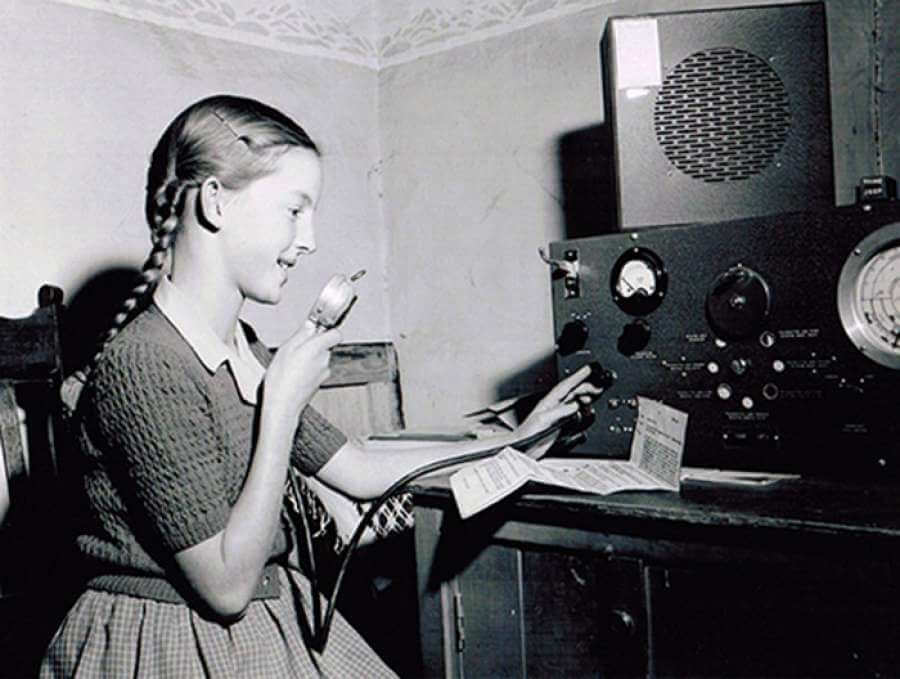

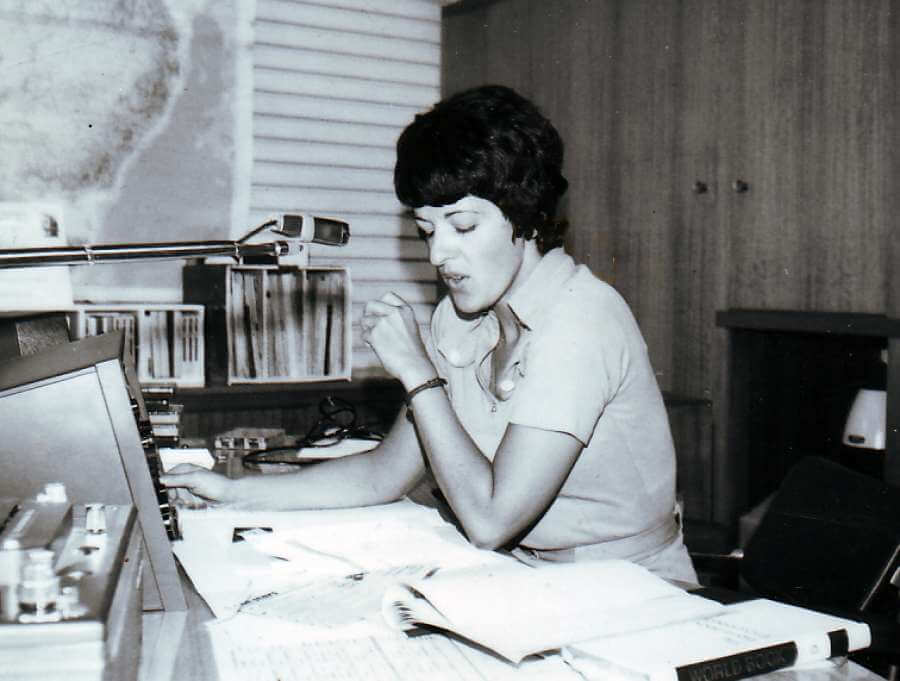
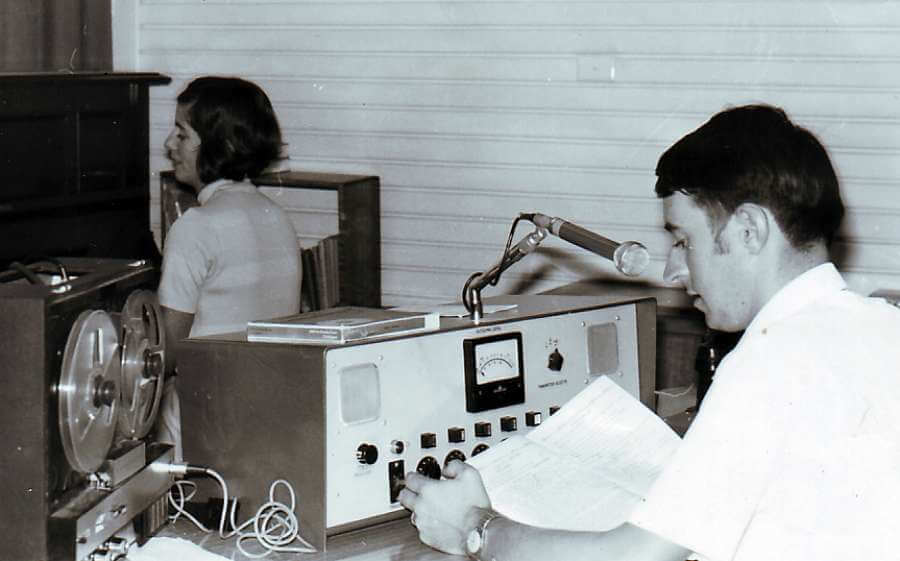
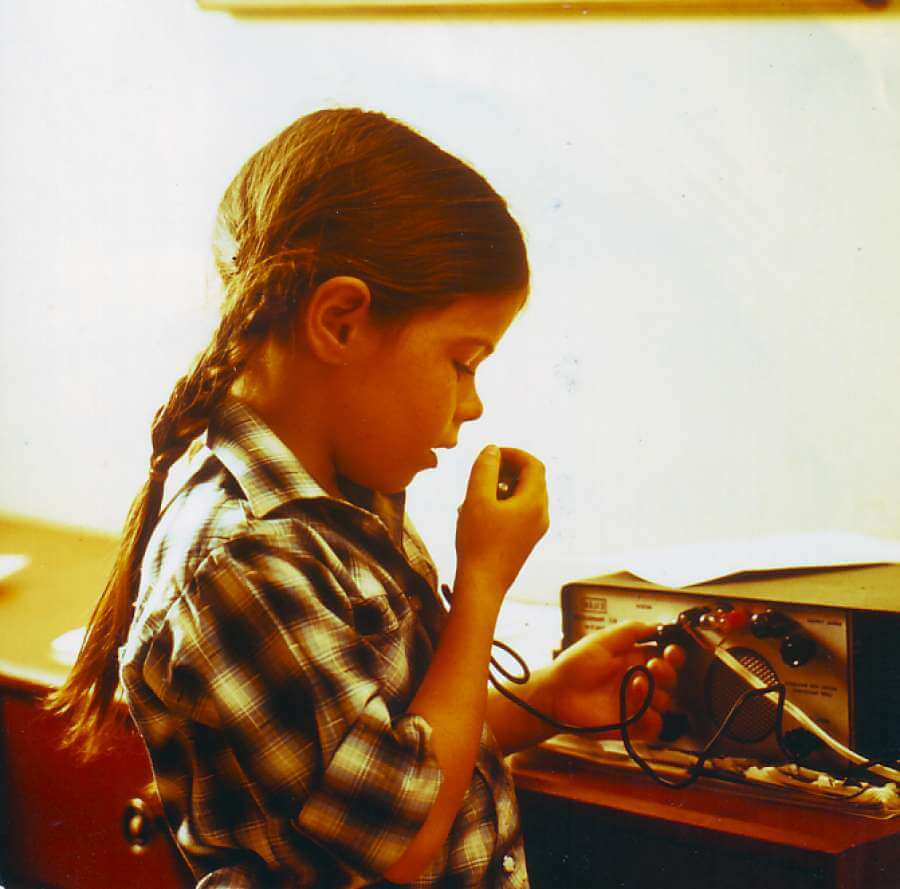
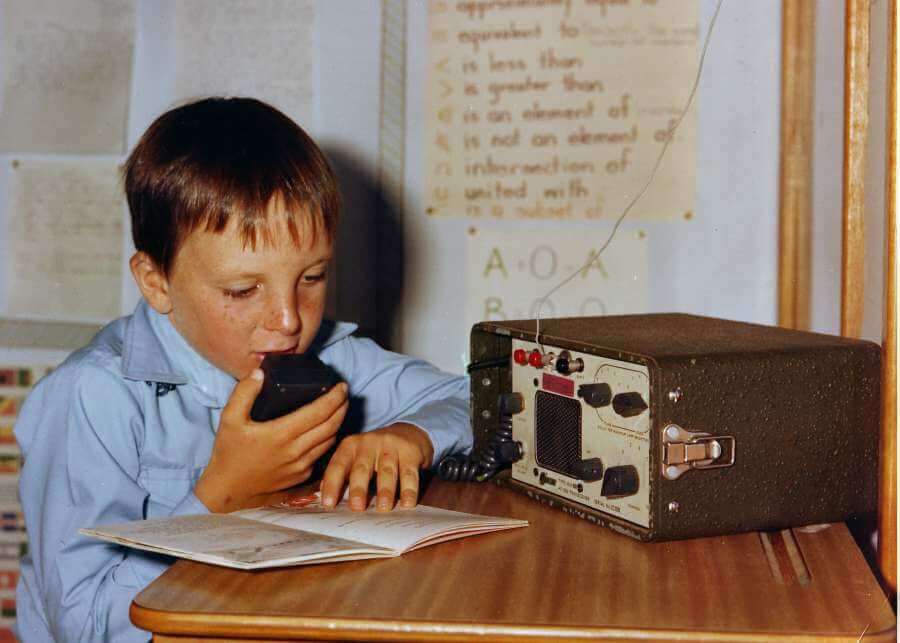
In 2002, a project involving the use of two-way satellite equipment evolved into what is simply referred to as IDL (Interactive Distance Learning). IDL is a combination of satellite technology, teaching materials and strategies, and is still used by the School of the Air today.
Initially, the speed and reliability of the connection was far from what people in a town or city, would enjoy, but by 2006 Alice Springs School of the Air was making steady progress with the use of satellite broadband technology to conduct online classes.
This technology wasn’t new, but had previously been used by others in a one-way format, much like the lectures delivered by teachers to students decades earlier over the two-way radio. We knew that School of the Air students needed a more interactive learning experience, and this started the development of IDL - a face-to-face delivery system via video conferencing, using REACT (Remote Education and Conferencing Tool) software. Lessons are delivered from five studios at Alice Springs School of the Air and students attend lessons with their teachers and classmates.
Our teachers are always working through different strategies and ways of using IDL to provide the best educational outcomes. The possibilities are endless, and teachers and staff work creatively to ensure students get the maximum benefit from the technology available.
Each remote family has a satellite dish and computer equipment that allows students to see and hear their teachers in real time as well as being able to chat with their friends in the class. School of the Air provides computers to students, with the number of computers allocated per family dependent on the number and age of the students and how many computers are available.
Students can resize the video image of their teacher allowing them to work simultaneously on their computer whilst sharing learning materials with their teacher or their classmates. While IDL is the main tool at a teacher’s disposal, its certainly not the only one. There are also Private Lesson Times (PLTs), home visits, school camps, excursions, a school library, resources on the web, Google Drive and Google Classroom, emails, phone calls and of course, Australia Post!